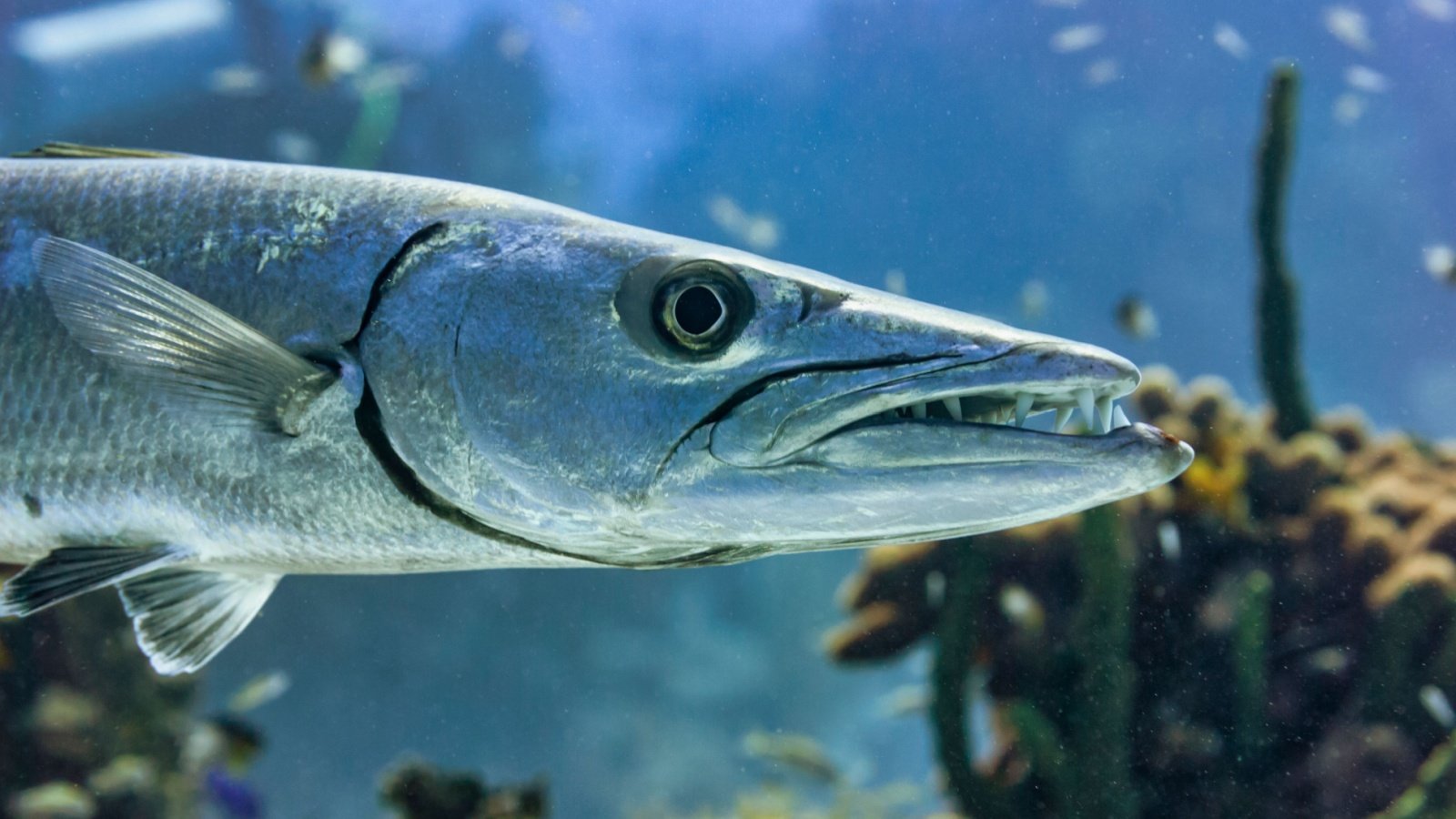Fish is frequently praised as a healthy choice, but it’s important to recognize that not all fish carry the same health benefits. Certain species contain elevated levels of mercury and other harmful substances, which can put you at serious risk. Avoid the following types of fish to protect your health.
Barracuda

Barracuda is known for its strong flavor, but it can contain high mercury levels. This makes it a less ideal choice for regular eating. Limiting consumption can help protect against mercury poisoning.
Shark

Shark meat can contain dangerous levels of mercury, making it a risky choice for your diet. Mercury exposure can lead to serious health issues, including cognitive impairments.
Bigeye Tuna

Bigeye tuna, often used in sushi, is high in mercury, posing health risks with frequent consumption. Mercury can accumulate in the body, leading to neurological and developmental problems.
Albacore Tuna

Albacore tuna, commonly found in canned white tuna, has higher mercury levels compared to light tuna. Regular consumption can be harmful, particularly for pregnant women and young children. Choosing light tuna can be a safer option.
Halibut

Halibut is a mild, versatile fish, but larger ones can have high mercury levels. This is particularly true for Pacific halibut. Moderating consumption can help avoid mercury-related health issues.
Walleye

Walleye is a favorite for its delicate flavor, but it can contain mercury, especially larger fish. This makes regular consumption a concern. Limiting intake can help manage health risks.
Sablefish

Sablefish, also known as black cod, is valued for its rich flavor but can have significant mercury content. This can pose health risks with frequent consumption. Enjoying sablefish occasionally is a safer choice.
Swordfish

Swordfish is known for its robust flavor and firm texture, making it a favorite among seafood lovers. However, it contains high levels of mercury, which can be harmful, especially to pregnant women and young children.
King Mackerel

King mackerel is another fish that poses a risk due to its high mercury content. Regular consumption can lead to mercury poisoning, affecting the nervous system. The FDA recommends avoiding king mackerel altogether.
Tilefish

Tilefish, particularly from the Gulf of Mexico, is notorious for its high mercury levels. Consuming this fish can increase the risk of mercury poisoning. Pregnant women and children are especially advised to steer clear of tilefish.
Marlin

Marlin is another large predatory fish that can contain high levels of mercury. Regular intake can be hazardous, particularly for pregnant women and children. It’s best to limit or avoid eating marlin.
Orange Roughy

Orange roughy, also known as slimehead, has a long lifespan, allowing it to accumulate significant mercury levels. This can pose health risks, including kidney and nervous system damage.
Chilean Sea Bass

Chilean sea bass, also known as Patagonian toothfish, is prized for its rich buttery flavor. Unfortunately, it also contains high mercury levels. Limiting consumption is crucial to avoid mercury-related health issues.
Grouper

Grouper is a popular fish but can be high in mercury, especially larger specimens. Frequent consumption can increase the risk of mercury poisoning. It’s safer to enjoy grouper in moderation.
Bluefish

Bluefish are known for their strong flavor and oily texture, but they can contain elevated levels of mercury. This poses a risk to both adults and children who consume it regularly.
Spanish Mackerel

Spanish mackerel is a tasty fish but can contain high mercury levels. This makes it a less desirable choice for frequent consumption. Limiting intake can help reduce mercury exposure.
Striped Bass

Striped bass, whether wild-caught or farmed, can have significant mercury levels. This poses health risks, especially with regular consumption. Enjoying striped bass only occasionally is safer.
Monkfish

Monkfish, also known as the poor man’s lobster, has firm, sweet flesh but can contain mercury. This makes it a risky choice for frequent eating. Limiting consumption can help mitigate hazards.
Snapper

Snapper is a popular choice in many cuisines, but certain species can be high in mercury. This includes red snapper, which should be eaten in moderation. Opting for other types of snapper with lower mercury levels can be safer.
Blackfish

Blackfish, also known as tautog, is known for its rich flavor but can contain mercury. Regular consumption may increase health risks. It’s advisable to limit intake to reduce mercury exposure.
Pike

Pike, often found in freshwater lakes, can have elevated mercury levels. This poses a risk, particularly for those who consume it frequently. It’s best to eat pike sparingly to reduce the health consequences.








